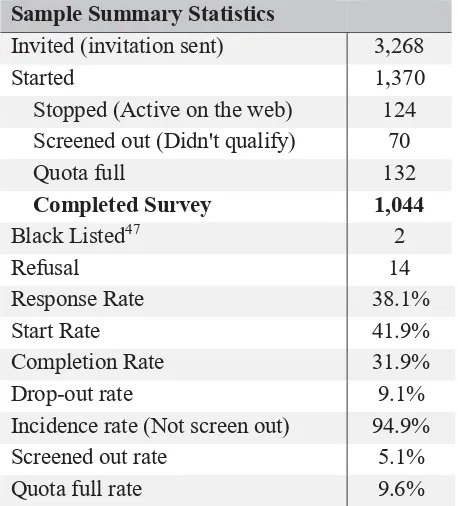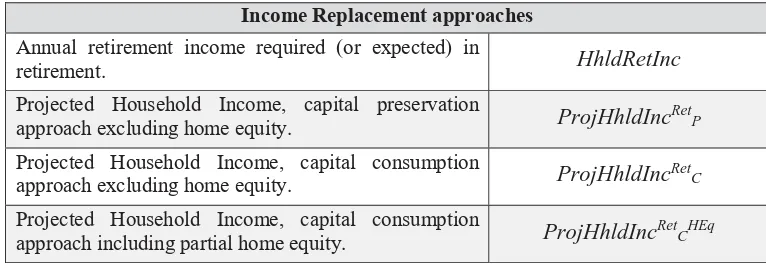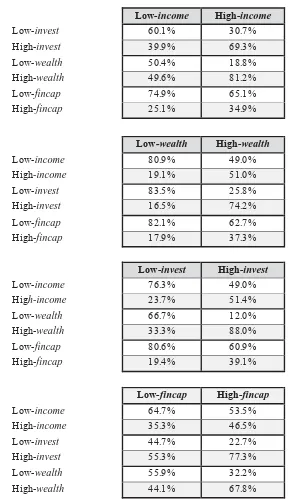How prepared are New Zealanders to achieve adequate consumption in retirement? : a thesis presented in partial fulfilment of the requirements for the degree of Doctor of Philosophy in Banking at Massey University, Manawatu, New Zealand
Full text
Figure




Outline
Related documents
Dairy calves are more likely than beef calves to experience welfare compromise through undernutrition or dehydration because of failure to suck or a delay between birth and
Allowing User Interaction Understanding Mouse Events Capturing Keyboard Events Apply events to programs that uses visual objects. Lecture Hands-on Problem Solving
Running Programs Memory Input Data Program Output Machine language program (executable file) Data entered during execution Computed results C P U. • Steps that the
The assumption of Hillis and Davis (1988) that a high level of gene family homogenization within species is reached in only short periods of evolutionary time, may have tempted
I thank him for listenillg to my sometimes strange ideas and st eering me in the right direct ion t hroughout this work.. I would also like to acknowledge my
In this paper we trace the early history of relativistic su- pertasks, as well as the subsequent discussions of Malament-Hogarth spacetimes as physically-reasonable models
In the first round, all agents have additive utility functions, and it has been shown elsewhere that negotia- tion with individually rational deals involving only a single resource
The structure and magnitude of the oceanic heat fluxes throughout the N-ICE2015 campaign are sketched and quantified in Figure 4, summarizing our main findings: storms





